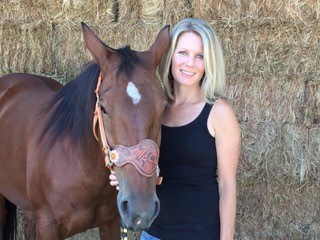Researchers Examine the ‘Ecosystem’ in the Horse’s Gut
- Topics: Article, Digestive System, Grains, Hay, Veterinary Practice
What can the microbes living inside your horse’s gut say about the current state of his health? A recent study by researchers at the University of Missouri suggests there’s quite a lot to learn. But sampling these bacteria is no easy feat.
Traditionally, the only microbes researchers could study were those residing in the large intestine or found in fecal matter. But they believed that analyzing harder-to-reach microbes—those living in the stomach, small intestine, and cecum—might yield more information.
“The luminal bacteria are the focus of most microbiome studies wherein fecal samples are collected,” said Aaron Ericsson, DVM, PhD, a research assistant professor in the University of Missouri’s Department of Veterinary Pathobiology. “We wanted to determine if the populations of bacteria in intimate contact with the epithelium (tissues lining the gastrointestinal tract) were distinct from the luminal populations.”
To that end, a team of researchers set out to generate a detailed DNA profile of healthy gastrointestinal tract (GIT) bacteria from nine adult horses euthanized for reasons unrelated to metabolic or intestinal disease. The team sampled microbes found in both food particles and feces (luminal), as well as microbes attached to the mucous lining the GIT’s walls (mucosal), taking care to collect samples from similar locations between horses
Create a free account with TheHorse.com to view this content.
TheHorse.com is home to thousands of free articles about horse health care. In order to access some of our exclusive free content, you must be signed into TheHorse.com.
Start your free account today!
Already have an account?
and continue reading.

Related Articles
Stay on top of the most recent Horse Health news with

















